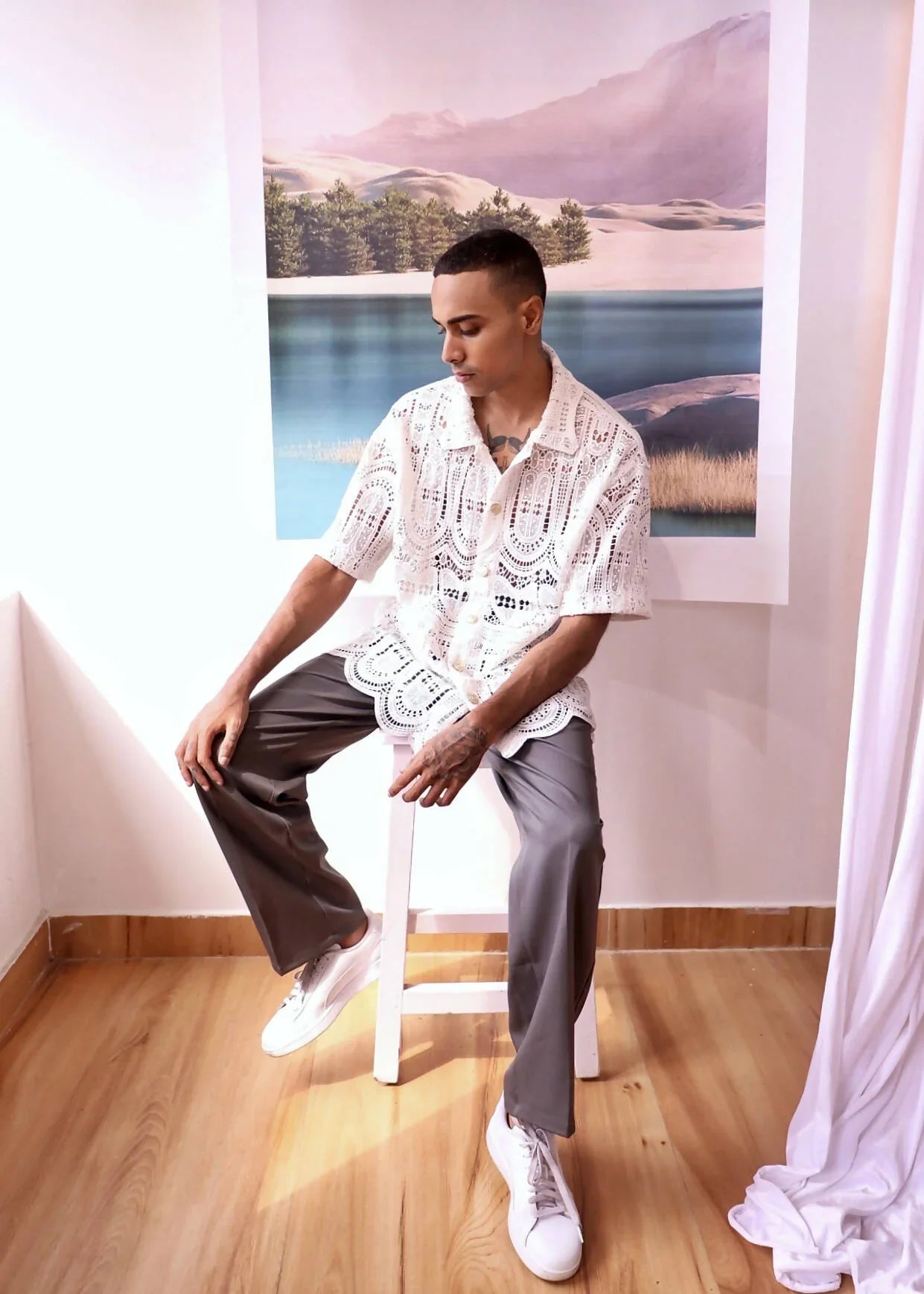Creative Reuse: Architectural Spaces with Upcycled Interiors

The creative reuse in architectural design showcases an enlightened approach towards resource conservation. Through the mindful repurposing of unwanted materials, architects and designers breathe new life into spaces, crafting environments that resonate with sustainability and innovation. Below, we highlight some exemplary projects where design studios have transformed repurposed materials into zero-waste workspaces, chic fashion boutiques, and artistic restaurants, valuing the art of creative reuse.
SPACE AVAILABLE
Space Available is a company that is centered around circular principles, offering a creative platform dedicated to ecological design, and committed to reusing ocean plastic and waste in its design, architecture, and innovative furniture creations. Based in Bali, Indonesia, they recently opened their first circular design studio with a collaborative space, constructed entirely through recycled and upcycled craftsmanship by repurposing ocean plastic and waste into functional and aesthetic interior and architectural designs.
Their studio is built from waste plastic offcuts and equipped with recycling machines and upcycling stations. Inside, visitors can find artisan-crafted woven chairs, a listening room, some strategically placed recycled plastic sheets, and various items made from repurposed plastic waste, each telling a story of creative reuse. Serving as more than just a workspace, the studio is designed to inspire through creative workshops and exhibits, promoting a culture of upcycling and responsible consumption.

(Image credit: Space Available Design Studio)
MANOJ PATEL DESIGN STUDIO
Manoj Patel Design Studio, located in Gujarat, India, was established by the architect Manoj Patel with a vision to craft sustainable and responsible designs using waste and recycled materials. Among their innovative projects, the studio took on a notable assignment in 2020 for Shefali Studio. They designed a fashion boutique in Gujarat that stood out through its use of vibrant colours, repurposed materials, and the craftsmanship of local artisans. For this project, the studio creatively employed unused clay tiles, waste roof tiles, and some damaged tiles, alongside wall accents created from waste beer bottles. They also repurposed old tables and reused metal rings, converting these elements into a visually captivating and eco-friendly architecture.

(Image credit: Manoj Patel Design Studio - Project Shefali Studio)
MULTITUDE OF SINS
The Multitude of Sins is an interior design studio led by Smita Thomas, which specialises in architectural creations and is based in Bangalore, Karnataka. One of their projects, The Circus Canteen in Bangalore was built with sustainable design interiors through the repurposing of a variety of materials. The studio adopted an eclectic and creative approach, upcycling discarded bicycle bells and cassette tape boxes into integral parts of the decor. The design journey for The Circus Canteen was marked by a donation drive aimed at collecting a diverse range of scrap materials, from toy cars and some appliances to scrap metals and other unwanted items.
These materials were carefully curated into the restaurant's interior, with old CDs adorning table tops and old vehicle headlights illuminating spaces, among other salvaged items. Each element contributes to the space's unique aesthetic, turning what was once unusual and unwanted materials into an artistically upcycled environment. This project of Multitude of Sins' is an innovative approach to design that shows creativity can breathe new life into discarded items and transform them into a visually stimulating and eco-friendly space.

(Image credit: Multitude of Sins - The Circus Canteen Project)
LUCAS MUÑOZ STUDIO
Lucas Muñoz, a conceptual Spanish designer known for his work in interior and architectural designs, created a sustainable project for the Madrid-based restaurant Mo de Movimiento. Muñoz transformed a theater room into a unique dining space, upcycling with environmental responsibility throughout the design process. In this innovative restoration, Muñoz had used a variety of upcycled materials to breathe new life into the space. Existing wooden pieces were repurposed, construction debris was creatively remade into tiles, seats, and benches, and reclaimed junkyard lamp cases were incorporated into the lighting ambiance design. This eco-friendly project by Lucas Muñoz for Mo de Movimiento is a prime example of how sustainable practices can be integrated into architectural design with minimised waste.

(Image credit: Lucas Muñoz - Mo de Movimiento Project)
STUDIO EDWARDS
Studio Edwards, an innovative architecture design studio from Australia, had used a zero-waste strategy to create a workspace for a Melbourne-based Today Design, a design agency. The studio is crafted from scaffolding pipes, upcycled sailcloth screens, and recycled construction materials. Further enhancing the sustainable ethos of the project, Studio Edwards creatively repurposed denim into furniture, showcasing a unique approach to material reuse. The selection of readily available materials was strategic, aimed at reducing waste associated with cutting the items. Huge rolls of denim were used to craft the reception desk. This project was a creative architectural design that conceptualised zero-waste design principles.

(Image credit: Studio Edwards - Project Today Design)
The evolution of upcycled construction and interior design towards a greener, and a more sustainable footprint illustrates a remarkable journey of transformation in the realm of upcycling. Future design endeavors in the architectural landscape, with the use of recycled and upcycled resources, are vital in reducing construction waste and minimising landfill waste.






Leave a comment